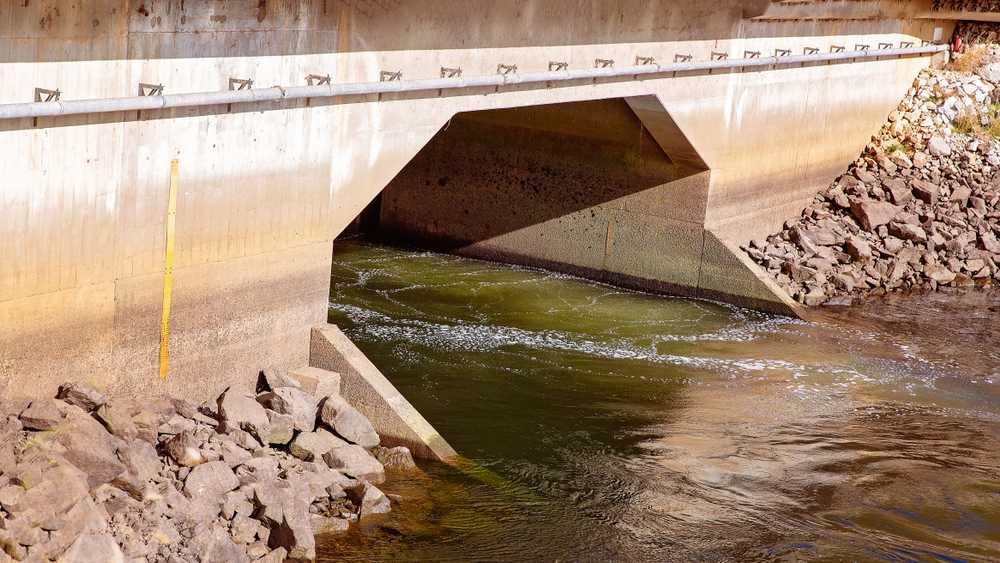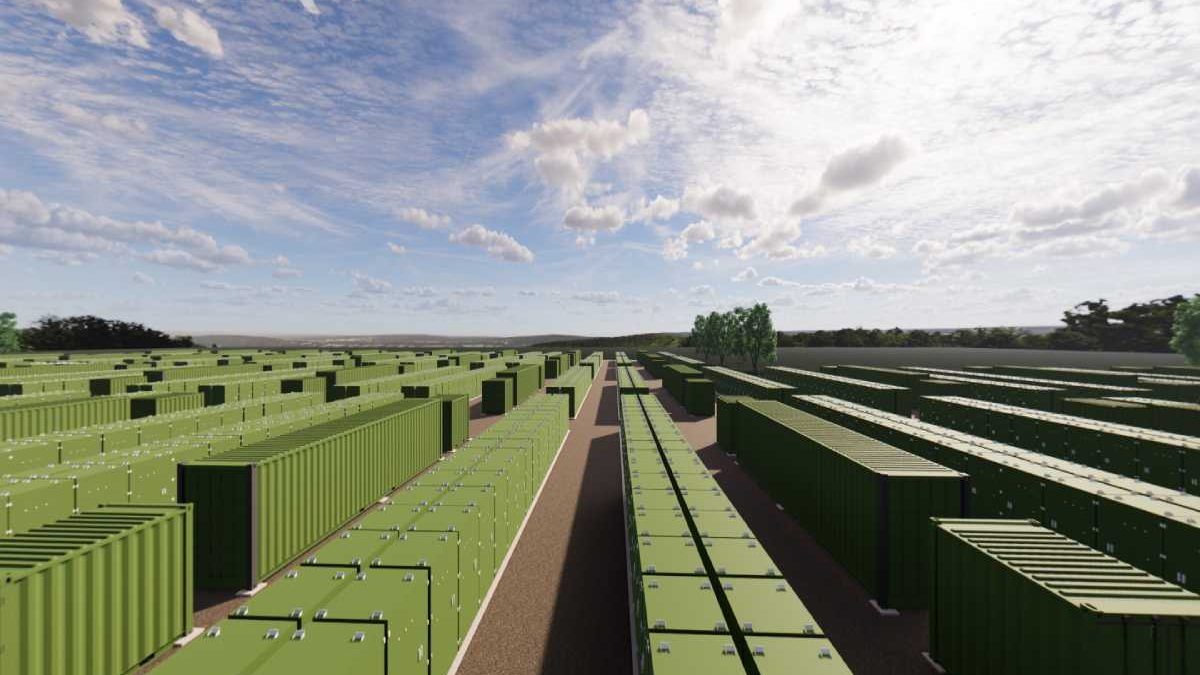The demand for renewable energy sources has never been so high, and that means that energy storage systems are also highly sought after. This is because such systems are essential for maximizing the use of renewable energy resources, improving grid stability, and efficiently managing power generation. To that end, detailed below are just some of the top energy storage systems that are currently revolutionizing the power industry and are set to continue in the future.
Table of Contents
Compressed Air Energy Storage

First up is compressed air energy storage, which, as the name suggests, stores energy by compressing air and storing it underground in tanks or caverns. At peak times of demand, electricity is generated by compressed air being released and expanded through turbines. The potential for storing excess renewable energy, quick response times, and a large-scale storage capacity are all promised by compressed air energy storage. What’s more, it can be seamlessly integrated with renewable energy sources, including solar and wind, resulting in enhanced reliability and dispatchability.
Redox Flow Batteries
Chemical compounds dissolved in electrolyte solutions are found in redox flow batteries for the purpose of energy storage. The two tanks of the batteries contain different electrolytes, which generate electricity by flowing through a cell stack. These batteries are able to decouple power and energy ratings, which contributes to their long cycle life. On top of this, they provide scalable storage capacity. When it comes to applications that require frequency regulation, grid-level energy shifting, and long-duration storage, redox flow batteries are among the most suitable.
Thermal Energy Storage
In order to provide cooling or heating or generate electricity by way of heat being stored and released, thermal energy storage systems are the way forwards. This energy storage system makes use of materials with a high heat capacity, including phase change materials or molten salt. Thermal energy is stored during periods of excess electricity, which can then be used to generate electricity through steam turbines. This can then be applied for cooling or heating purposes. District heating systems and solar power plants tend to see thermal energy storage being employed.
Flywheel Energy Storage
Kinetic energy in a rotating mass is stored by flywheel energy storage systems. Energy is stored, and the flywheel is activated when excess electricity takes hold. As the flywheel decelerates, energy gets extracted, and this takes place during times of peak demand. The beauty of flywheel energy storage is that it boasts a long operational life, high power output, and fast response times. As a result, applications that require quick bursts of power, including uninterruptible power supplies and grid stabilization, are ideally suited to flywheel energy storage.
Pumped Hydro Storage

When it comes to assessing the oldest and most widely used energy storage technologies, pumped hydro storage can’t be ignored. The process involves water being pumped from a lower reservoir to an upper reservoir in which excess electricity is available. Following this, the stored water is released through turbines so that electricity can be generated during peak times. As a result, large-scale storage capacity, long operational life, and high energy efficiency are all promised by way of this system.
Lithium-Ion Batteries
Last but not least is lithium-ion batteries, which have become the go-to energy storage solution for any number of applications. They boast many benefits, including fast response times, longer cycle life, and high energy density. As a result, they’re often applied in residential solar systems and electric vehicles alike. This is on top of their impact on grid-scale projects, in terms of streamlining renewable energy generation and providing back up power.

